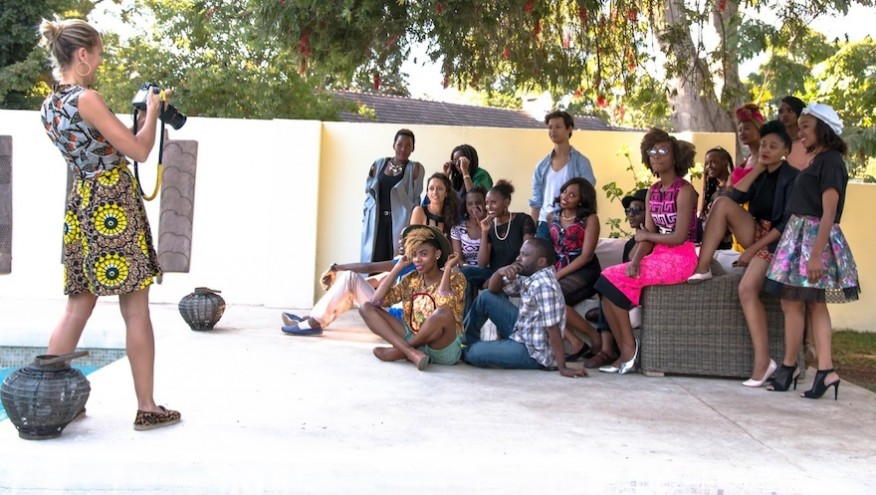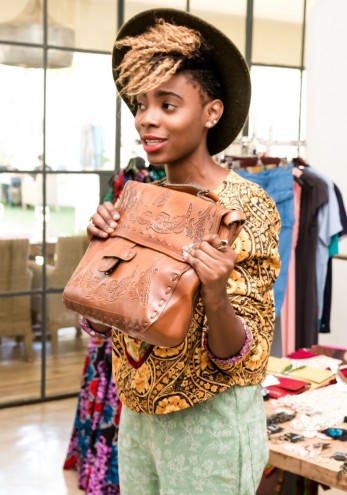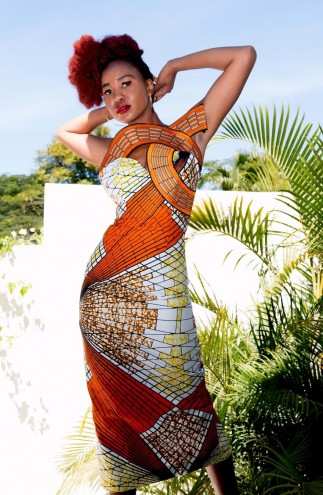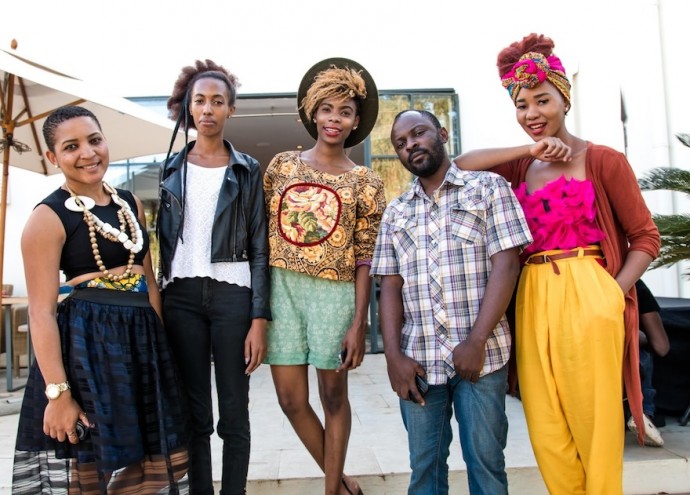Zambians love fashion; that's why it is no surprise that the escalating shopping mall culture has come with the invasion of – mainly South African – fashion outlets such as Mr. Price, Exact, Foschini, Identity, Mud Boutique, Truworths, Uzzi and Woolworths.
But even in the shanty towns too, on every corner there are boutiques selling reasonably priced, mostly Asian-made clothing items. In some high density areas like Lusaka’s Kalingalinga, one can safely say that the little fashion shops outnumber the public taps that supply clean and reliable water.
Anyway, not the whole of Zambia’s fashion scene is dominated by foreign-made clothes and accessories: there appears to be a fashion underground of sorts with locally made products and the purveyors of these products are a group of vibrant young designers, many of whom are not trained at all – seeing as there are no fashion design schools in the country.
Tau Foundation, a newly launched Zambian non-profit outfit that aims at fostering educational initiatives in the arts and creative industry, alongside the Zambia Fashion Council, an organisation focusing on promoting fashion talent, recently flew in New York-based style expert and fashion consultant Natalie Joos to conduct a two-day Fashion Masterclass.
According to Tau Foundation's co-founder Gloria Huwiler, the workshop targeted local stakeholders in fashion including designers, stylists, models and photographers. It provided a comprehensive overview of the fashion industry, with a focus on styling, fashion publications, the new role of social media in fashion marketing and the skills sets needed to grow a brand for the fashion market.
“It was a really beautiful experience to see the impact of an international perspective on our young creatives through this workshop. The inspiration taken will no doubt contribute towards the creation of sustainable industries in the creative fields, and give a platform for the endless unexplored potential and talent that exists here. We look forward to creating more opportunities like this in the future” says Huwiler, who co-founded Tau Foundation with Adaobi Mwanamwambwa. Huwiler, a stage and screen actress who lives anywhere between the US, UK and Zambia, is not new to arts initiatives: she successfully toured an exhibition of contemporary Zambian art in Hollywood and New York. Mwanamwambwa is on the verge of launching a company that manufactures hand-made safari boots and sandals and already has potential customers from as far as California waiting in line, so the two are a very driven and focused team.
Huwiler explains that the main clients of the young designers that attended the workshop are middle class Zambians and foreign nationals interested in supporting local talent as well as cultivating and expressing an African and Zambian identity.
“They appeal to a more educated, and patriotic crowd who prefer a unique expression of who they are and where they are from. They (the products) are luxury items, individually crafted and therefore not always accessible to everyone,” she adds.
Huwiler indicates that the workshop was enthusiastically attended by various established and emerging local talent, and that Joos’ extensive experience in various sectors of the industry as journalist, stylist, photographer, casting director and style influencer provided a broad set of knowledge for the participants. She has collaborated with various brands such as Hugo Boss, Chloe and Roca Wear.
Huwiler says the workshop attendees left with an incredible sense of the vision and potential for growth as well as a newfound commitment to developing the industry as a coordinated and integrated collective, sentiments echoed by upcoming fashion designer Deborah Chuma, founder of design label Debbie Chu.
“The Natalie Joos Master Class was so profound, educative and very fun. I personally learnt a lot from her about the fashion industry. As Zambians we have potential to grow the emerging industry if we unite and work together,” says 23-year-old Chuma.
Another young Lusaka-based designer, Christian Syafunko, described the workshop as an eye opening experience and that until this point, he assumed a stylists job was always personally tailored to the end user client.
“After the workshop I realised how helpful a stylist would be for interpretation of a range. I also understood the value of social media a little better,” he says
“The art of fashion knows no boundaries. Natalie Joos, who's a stylist from the US, coming here and wearing my designs shows that the world of fashion knows no language, it bridges the gap between Zambian designer’s models photographers from different places. I learned that we could make an industry just like the one in US by working together. I was so excited that the face of Jimmy Choo could also wear my clothes, that is the Art of fashion,” adds local designer Mushamba Margaret Phiri.
In addition to the Fashion Masterclass in Lusaka, Joos carried out a workshop and training sessions through the Tau Foundation and Sun International with local seamstresses in Livingstone.
According to Huwiler, the pilot project will continue to focus on the Woman’s Community Centre in Livingstone Victoria Falls to produce goods with recycled materials that have the potential for local sale and export. By providing woman with sustainable skills sets and developing small scale entrepreneurship so the women can provide for their families and improve their lives.
Joos observes on her blog that: “There’s a lot of work to be done in Zambia, but if everyone pulls together and keeps the fire going, Zambia’s fashion talent will be on the map soon”.
Joos particularly commented that that what was missing is a platform for the young designers to show off their work and collaborate. The lack of fashion education was another issue in that only one college even has a fashion class. There is also need for a fashion magazine, as well as a need for trained people.
This article was originally published on Andrew Mulenga's blog Hole in the Wall. Images are © Vince Banda, R & G.












